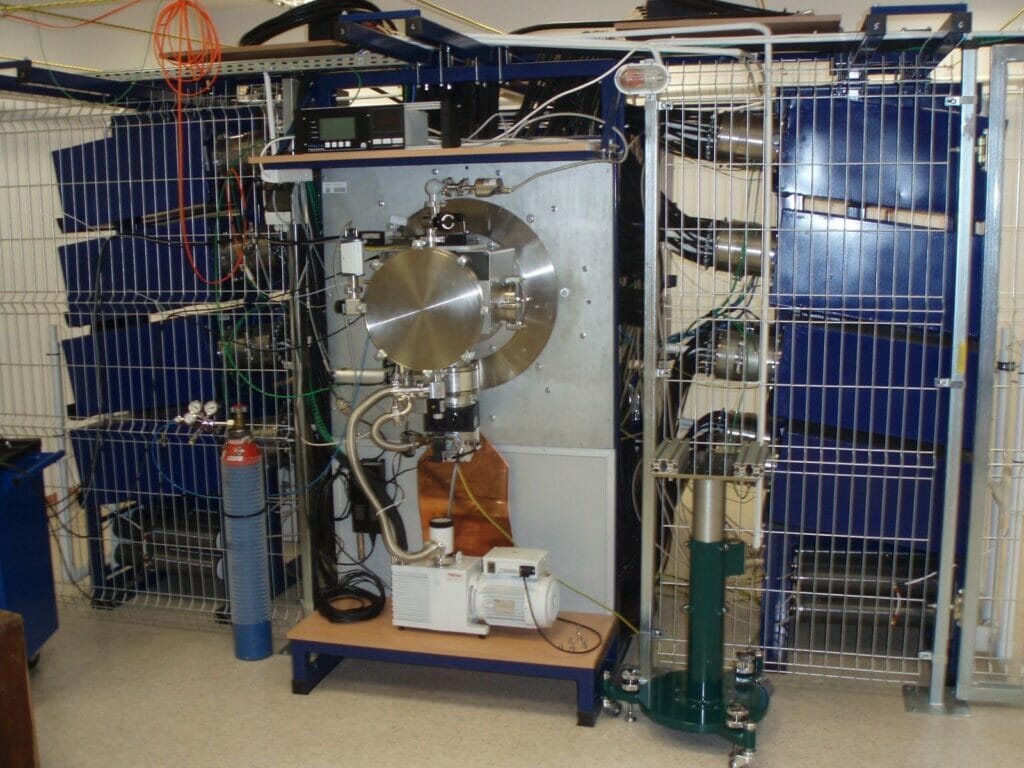Two dense plasma focus teams in Poland plan to use hydrogen-boron fuels in their experiments in 2018. This will mean that, including the planned experiments with LPPF’s FF-1 device there will be three devices simultaneously experimenting, for the first time, with the combination of DPF and pB11 that LPPF has long called ”Focus Fusion”. The two Polish groups are the teams using the PF-1000 device in Warsaw and PF-24 device in Krakow. The three groups have informally agreed to collaborate and exchange results. The plans were announced at the annual meeting in Warsaw Poland of the International Scientific Committee for Dense Magnetized Plasmas (ISCDMP), a coordinating group for plasma focus work around the world.
The three experiments will take somewhat different approaches to using the fuel, which is widely considered the ideal fusion fuel, producing no neutrons in the main reaction. While LPPF will introduce both hydrogen and boron to the chamber as a gas, using the compound decaborane, the PF-1000 group will puff the gas into the device right before the pinch compression and the PF-24 team will vaporize boron with a laser to add to a hydrogen plasma. “Having three approaches sharing data will allow us to get more useful results faster,” explains LPPF’s Lerner.
LPPF had established a collaborative relation last year with the PF-24 group led by Dr. Marek Scholz at the Institute of Nuclear Physics of the Polish Academy of Sciences in Krakow (see Oct 28, 2016 Focus Fusion report). The PF-24 is very similar physically to FF-1 and the two groups are already comparing results with deuterium fuel. The PF-1000 at the Institute of Plasma Physics and Laser Microfusion is by contrast a much larger machine with electrodes 4 times as large as those of FF-1. Researchers using that device, including Dr. Pavel Kubes of the Czech Technical University have observed in detail the formation of the same plasmoids that occur in FF-1.
Figure 1. The PF-1000 (left) and the PF-24 (right) will join the FF-1 in experiments with pB11 fuel in 2018.
At the same meeting of the ISCDMP, the assembled researchers started a process to arrive at a common set of top research priorities for DPF work globally. On an initiative by Dr. Sunil Aulick the process will generate in the coming month a list of key goals to achieve and questions to be resolved, as well as specific proposals for joint research. The committee also voted unanimously to add new members, including Lerner, who will represent the United States in the committee.


